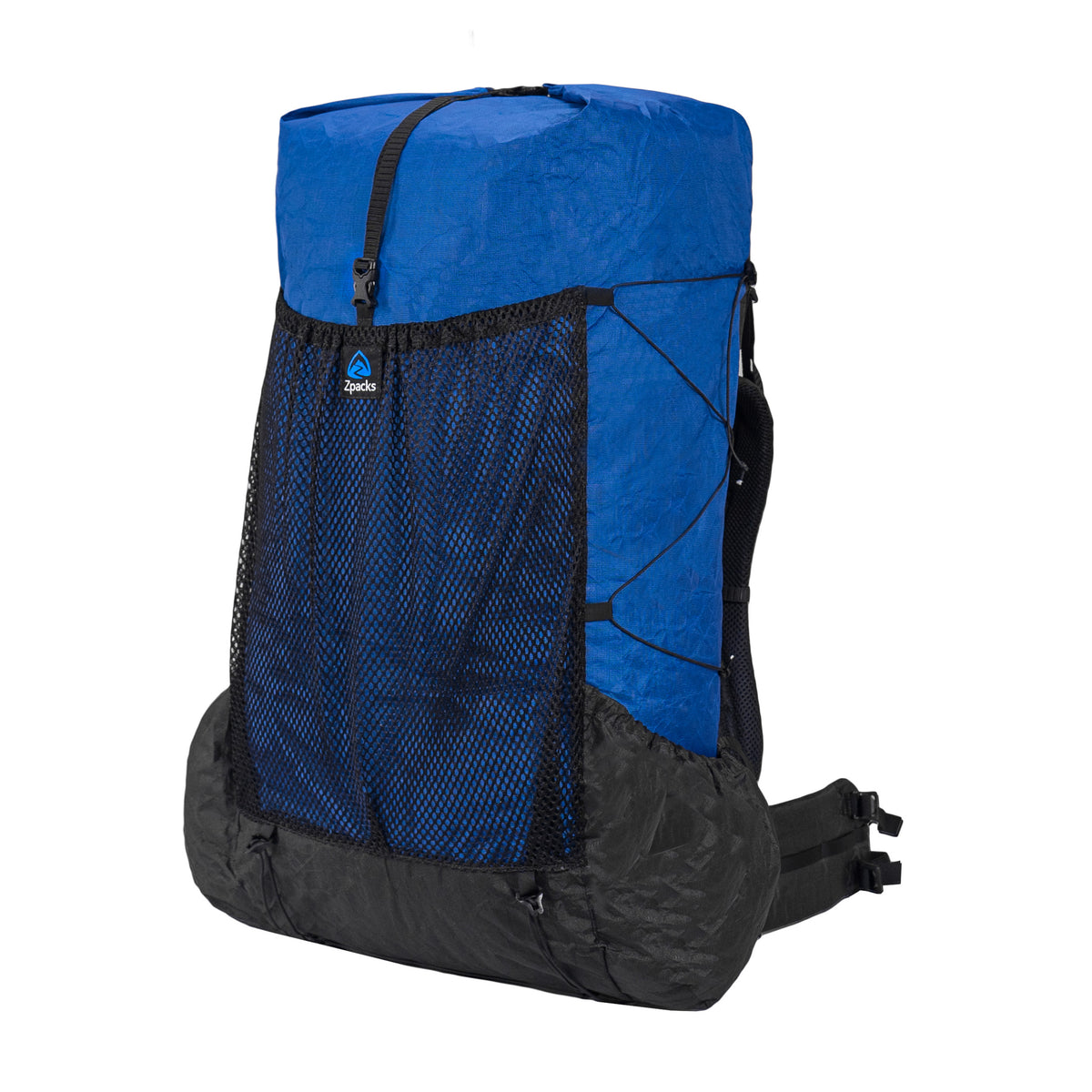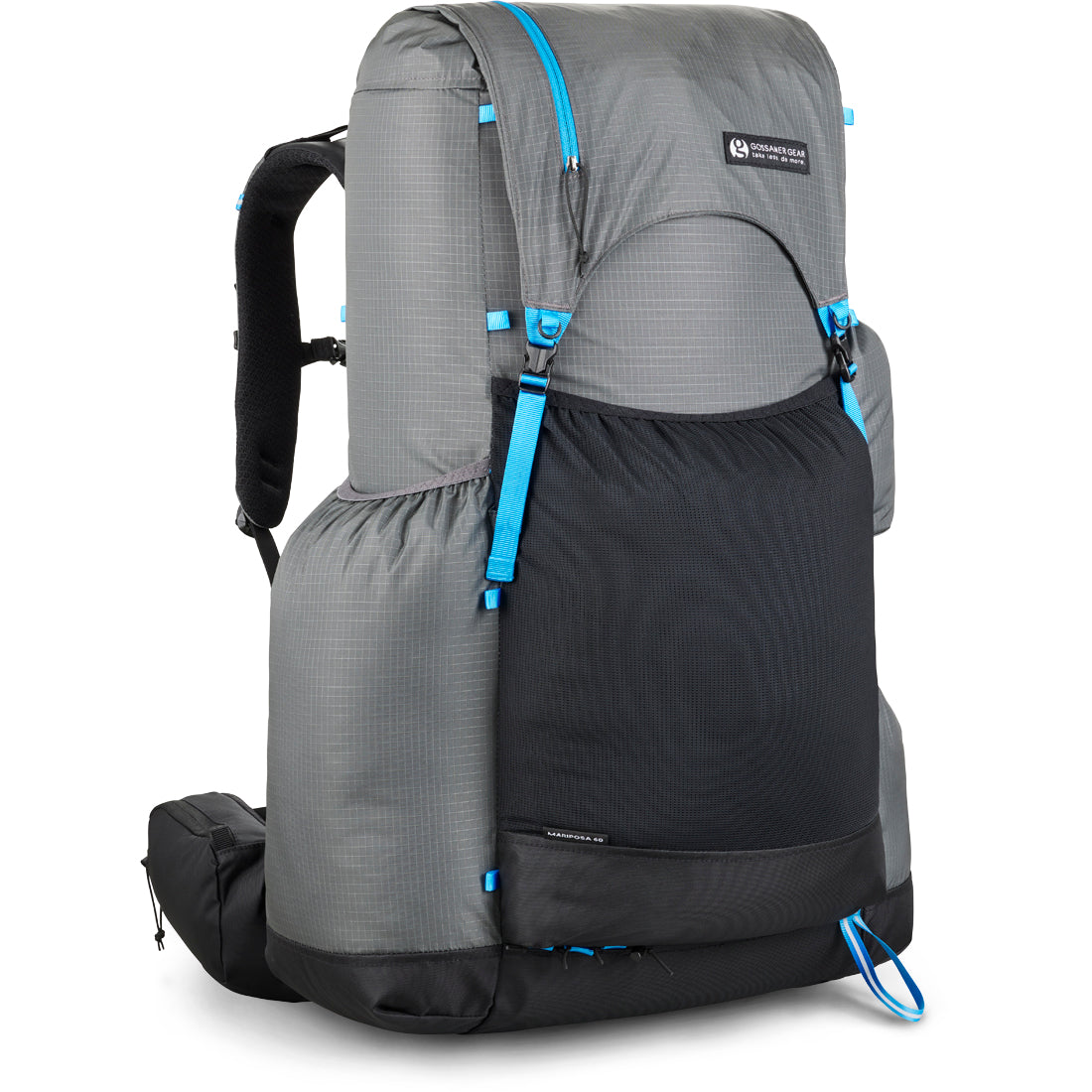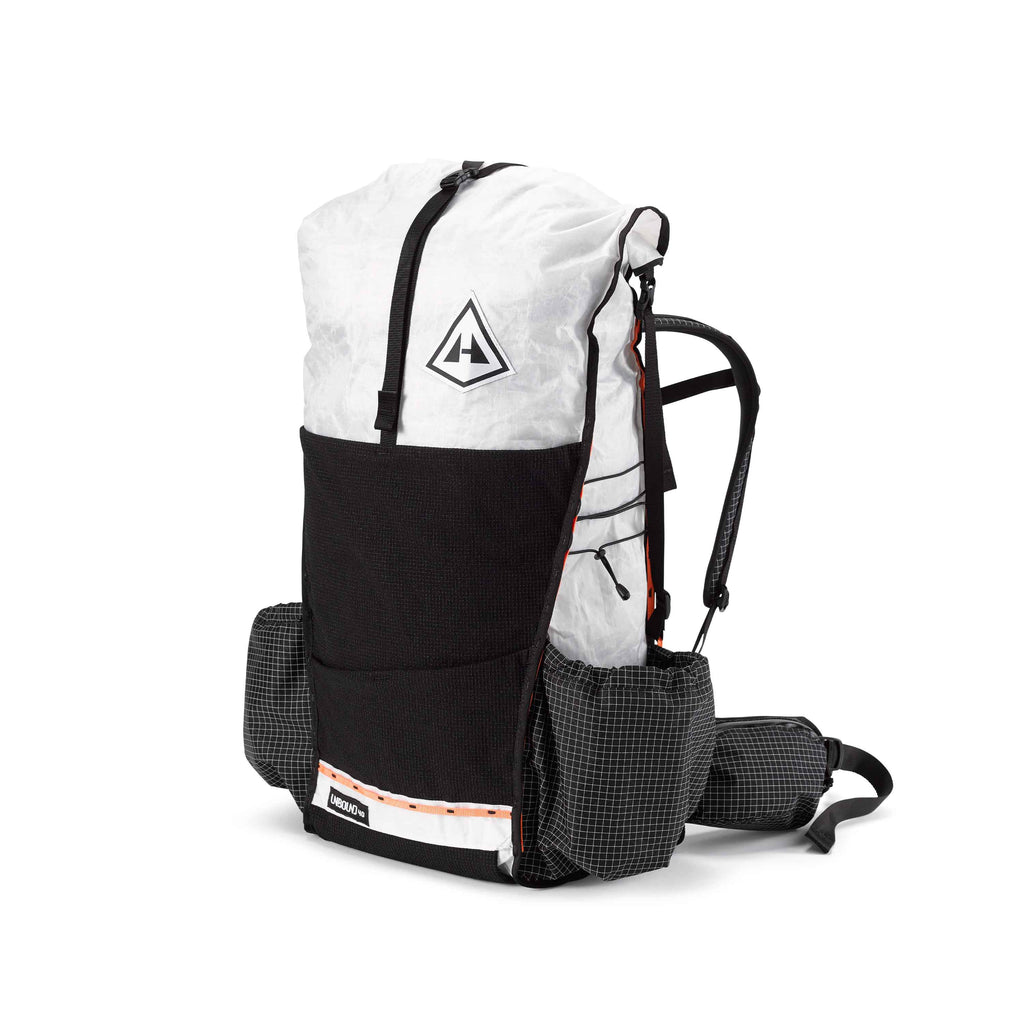Backpackers gearing up for hitting the trail have to consider their backpack, what should I choose, ultralight or comfort? The choice isn't simple. Some swear by minimalist 30-liter packs, dancing over mountains with barely a burden. Others scoff, preferring their 70-liter behemoths loaded with every creature comfort. Body type matters. Trail conditions too. A PCT desert section demands different gear than the muddy Appalachian mountains. Frequent resupplies? Go smaller. Remote wilderness? Could size up. The pack debate rages on in hiker circles, with surprising passion. Truth is, there's no perfect answer.
Every thru-hiker faces the same critical decision before hitting the trail: how big should their pack be? It's not just about aesthetics. Physics doesn't care about your Instagram feed. The 20% rule exists for a reason—carry more than one-fifth of your body weight and your spine sends hate mail to your brain. Simple math.

Ultralight devotees swear by their 30-50 liter packs. They're hauling sub-15 pound base weights and crushing 25+ miles daily. Meanwhile, comfort campers lumber along with 60-70 liter behemoths stuffed with luxuries that weigh 25-35 pounds. They're moving slower—15-20 miles per day—but sleeping better. Trade-offs everywhere.
The endless equation: lighter pack = faster pace = fewer comforts. Your mile count or your sleep quality—pick one.
Resupply frequency changes everything. Hit town every 3-4 days? A svelte 40-liter pack might do. Tackling a remote 7-day stretch? You'll need 60+ liters just for food. Ultralight hikers often make this work through calorie-dense meals that could double as rocket fuel. Less appetizing, but lighter.
The materials tell the story too. Ultralight packs use whisper-thin Ultra, Dyneema, and other thin denier fabrics that might disintegrate if you look at them wrong. They'll save pounds but will also cost 30-50% more than traditional packs. Crazy premium to get every ounce of performance. Heavier packs use 50-70D materials that actually survive brushes with reality.

Terrain matters. Try scrambling off-trail with a refrigerator on your back—not happening. Heavy packs slow ascents by 10-15%. Physics again. But frameless ultralight packs can't handle loads over 25 pounds without turning your shoulders into ground beef.
Let's talk weather. Ultralight systems leave almost zero margin for error. Rain jacket weighs 7 ounces? Great until you're shivering through day three of unexpected downpours. Comfort packers bring backup layers, adding pounds but avoiding hypothermia. Not a terrible exchange.
The gear lifespan math is brutal. Ultralight equipment is amazing but tends to breakdown faster—500-2,000 miles versus 1,500-4,000 for heavier duty gear. Dyneema doesn't grow on trees, and replacement costs add up. The faster hiking pace with ultralight gear provides significant advantages for reducing joint strain, especially beneficial for hikers with physical limitations.

Using tools like lighterpack.com helps to analyze each item's weight contribution and make informed decisions about what truly deserves space in a pack.
Bottom line: body size, trip length, and personal tolerance for discomfort dictate pack choice. Smaller hikers with frequent resupplies and high pain thresholds can thrive with 40-liter packs. Larger frames tackling remote stretches need 65+ liters. No perfect answer exists. But getting it wrong? That's how epic adventures become epic disasters.





